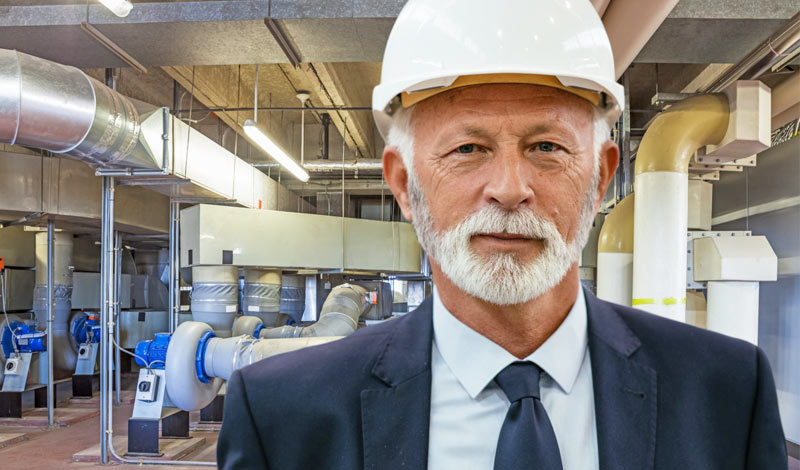Is your building performing as well as it could be? How would you know? These are serious questions, since they can have a significant impact on energy and operating costs, as well as occupant comfort and productivity. Retro–commissioning offers you an opportunity to look at the entirety of your building’s operations and identify ways to optimize energy efficiency and system performance.
What is retro-commissioning?
Building commissioning is a process for ensuring that systems are properly designed, installed and tested and capable of meeting the operational needs of the owners and occupants. This process is typically applied to newly constructed buildings. Retro–commissioning is a similar process for existing buildings to ensure that installed systems operate efficiently and meet the needs of building occupants.
Retro–commissioning can be seen as the first step in a staged approach to building upgrades that accounts for the interactions among energy-using systems in a building. Each stage includes changes that will affect later stages in the upgrade process. Retro–commissioning comes first because it explains how closely the building performs as intended and what upgrades will optimize system performance and energy savings.
A successful retro–commissioning project can provide a number of benefits:
- Lower energy costs.
- Improved system performance.
- Increased indoor environmental quality and occupant comfort.
- Reduced maintenance costs and increased equipment lifetime.
The retro-commissioning process
Retro–commissioning projects typically occur in four phases — planning, investigation, implementation and reporting. The process can vary depending on the type and condition of the facility, as well as the scope and budget of the project.
Planning. The planning phase involves defining the scope of the project, developing overall objectives, selecting a team to implement the project and (if necessary) hiring an outside service provider. Project objectives may include:
- Implement cost-effective energy-saving strategies and verify results.
- Identify and recommend improvements to maintenance procedures that reduce operating costs.
Investigation. During this phase, you assess building system performance, identify issues and select the most cost-effective improvement measures for implementation. Activities may include:
- Review of building documentation — energy bills, mechanical system drawings, maintenance logs and so on.
- Onsite assessment that includes an examination of buildings systems and interviews with staff and occupants.
- Monitoring and testing of equipment indicated in the site assessment as needing further investigation.
- Develop a list of recommended measures to save energy and improve overall system performance.
Implementation. The recommended improvement measures and continued monitoring and retesting are performed to verify results. This data is compared to pre-implementation data to measure the impact of the completed improvement measures.
Reporting. A final report documents the project and its findings. Include the retro–commissioning plan, improvement recommendations, monitoring and testing results, as well as financial analysis of the cost and benefits of the project.
Resources for assistance
Every facility is different. These tools and resources will help you develop and implement a retro–commissioning project that fits your needs.
- Building Commissioning Guidelines from the U.S. Environmental Protection Agency provides a detailed overview of the retro–commissioning process.
- Retro-commissioning from ENERGY STAR® provides additional guidance as well as case study examples.
- ENERGY STAR Portfolio Manager™ can help you benchmark your building’s performance against similar facilities and verify improvements.
Commissioning should be an ongoing process. Make plans to periodically recommission your facility to identify additional cost-saving opportunities and ensure continuous improvement.
